Citibank 2010 Annual Report Download - page 121
Download and view the complete annual report
Please find page 121 of the 2010 Citibank annual report below. You can navigate through the pages in the report by either clicking on the pages listed below, or by using the keyword search tool below to find specific information within the annual report.-
 1
1 -
 2
2 -
 3
3 -
 4
4 -
 5
5 -
 6
6 -
 7
7 -
 8
8 -
 9
9 -
 10
10 -
 11
11 -
 12
12 -
 13
13 -
 14
14 -
 15
15 -
 16
16 -
 17
17 -
 18
18 -
 19
19 -
 20
20 -
 21
21 -
 22
22 -
 23
23 -
 24
24 -
 25
25 -
 26
26 -
 27
27 -
 28
28 -
 29
29 -
 30
30 -
 31
31 -
 32
32 -
 33
33 -
 34
34 -
 35
35 -
 36
36 -
 37
37 -
 38
38 -
 39
39 -
 40
40 -
 41
41 -
 42
42 -
 43
43 -
 44
44 -
 45
45 -
 46
46 -
 47
47 -
 48
48 -
 49
49 -
 50
50 -
 51
51 -
 52
52 -
 53
53 -
 54
54 -
 55
55 -
 56
56 -
 57
57 -
 58
58 -
 59
59 -
 60
60 -
 61
61 -
 62
62 -
 63
63 -
 64
64 -
 65
65 -
 66
66 -
 67
67 -
 68
68 -
 69
69 -
 70
70 -
 71
71 -
 72
72 -
 73
73 -
 74
74 -
 75
75 -
 76
76 -
 77
77 -
 78
78 -
 79
79 -
 80
80 -
 81
81 -
 82
82 -
 83
83 -
 84
84 -
 85
85 -
 86
86 -
 87
87 -
 88
88 -
 89
89 -
 90
90 -
 91
91 -
 92
92 -
 93
93 -
 94
94 -
 95
95 -
 96
96 -
 97
97 -
 98
98 -
 99
99 -
 100
100 -
 101
101 -
 102
102 -
 103
103 -
 104
104 -
 105
105 -
 106
106 -
 107
107 -
 108
108 -
 109
109 -
 110
110 -
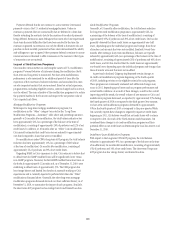 111
111 -
 112
112 -
 113
113 -
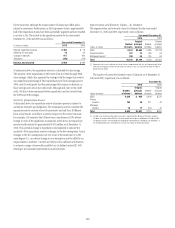 114
114 -
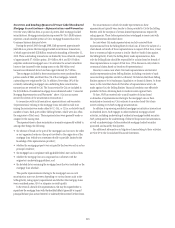 115
115 -
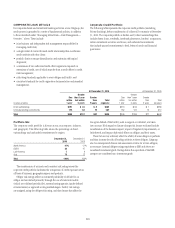 116
116 -
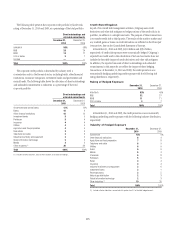 117
117 -
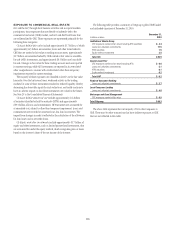 118
118 -
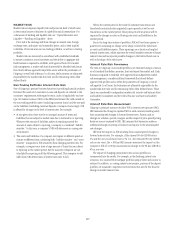 119
119 -
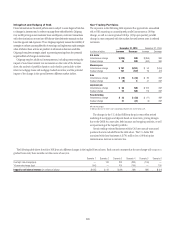 120
120 -
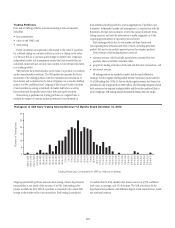 121
121 -
 122
122 -
 123
123 -
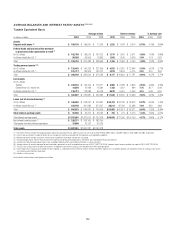 124
124 -
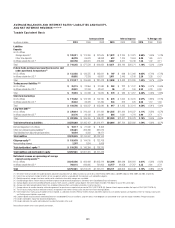 125
125 -
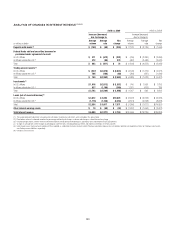 126
126 -
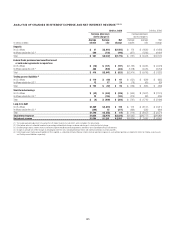 127
127 -
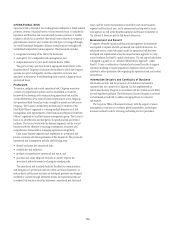 128
128 -
 129
129 -
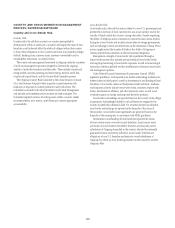 130
130 -
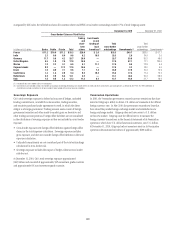 131
131 -
 132
132 -
 133
133 -
 134
134 -
 135
135 -
 136
136 -
 137
137 -
 138
138 -
 139
139 -
 140
140 -
 141
141 -
 142
142 -
 143
143 -
 144
144 -
 145
145 -
 146
146 -
 147
147 -
 148
148 -
 149
149 -
 150
150 -
 151
151 -
 152
152 -
 153
153 -
 154
154 -
 155
155 -
 156
156 -
 157
157 -
 158
158 -
 159
159 -
 160
160 -
 161
161 -
 162
162 -
 163
163 -
 164
164 -
 165
165 -
 166
166 -
 167
167 -
 168
168 -
 169
169 -
 170
170 -
 171
171 -
 172
172 -
 173
173 -
 174
174 -
 175
175 -
 176
176 -
 177
177 -
 178
178 -
 179
179 -
 180
180 -
 181
181 -
 182
182 -
 183
183 -
 184
184 -
 185
185 -
 186
186 -
 187
187 -
 188
188 -
 189
189 -
 190
190 -
 191
191 -
 192
192 -
 193
193 -
 194
194 -
 195
195 -
 196
196 -
 197
197 -
 198
198 -
 199
199 -
 200
200 -
 201
201 -
 202
202 -
 203
203 -
 204
204 -
 205
205 -
 206
206 -
 207
207 -
 208
208 -
 209
209 -
 210
210 -
 211
211 -
 212
212 -
 213
213 -
 214
214 -
 215
215 -
 216
216 -
 217
217 -
 218
218 -
 219
219 -
 220
220 -
 221
221 -
 222
222 -
 223
223 -
 224
224 -
 225
225 -
 226
226 -
 227
227 -
 228
228 -
 229
229 -
 230
230 -
 231
231 -
 232
232 -
 233
233 -
 234
234 -
 235
235 -
 236
236 -
 237
237 -
 238
238 -
 239
239 -
 240
240 -
 241
241 -
 242
242 -
 243
243 -
 244
244 -
 245
245 -
 246
246 -
 247
247 -
 248
248 -
 249
249 -
 250
250 -
 251
251 -
 252
252 -
 253
253 -
 254
254 -
 255
255 -
 256
256 -
 257
257 -
 258
258 -
 259
259 -
 260
260 -
 261
261 -
 262
262 -
 263
263 -
 264
264 -
 265
265 -
 266
266 -
 267
267 -
 268
268 -
 269
269 -
 270
270 -
 271
271 -
 272
272 -
 273
273 -
 274
274 -
 275
275 -
 276
276 -
 277
277 -
 278
278 -
 279
279 -
 280
280 -
 281
281 -
 282
282 -
 283
283 -
 284
284 -
 285
285 -
 286
286 -
 287
287 -
 288
288 -
 289
289 -
 290
290 -
 291
291 -
 292
292 -
 293
293 -
 294
294 -
 295
295 -
 296
296 -
 297
297 -
 298
298 -
 299
299 -
 300
300 -
 301
301 -
 302
302 -
 303
303 -
 304
304 -
 305
305 -
 306
306 -
 307
307 -
 308
308 -
 309
309 -
 310
310 -
 311
311 -
 312
312
 |
 |
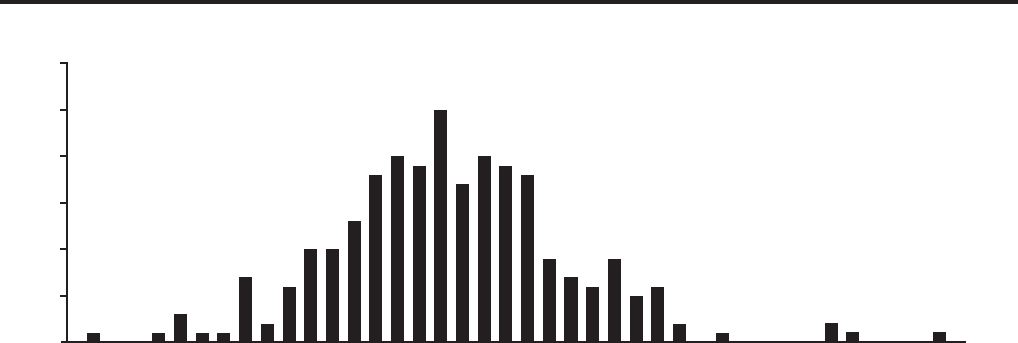
119
Trading Portfolios
Price risk in trading portfolios is monitored using a series of measures,
including:
factor sensitivities; •
value-at-risk (V• AR); and
stress testing. •
Factor sensitivities are expressed as the change in the value of a position
for a defined change in a market risk factor, such as a change in the value
of a Treasury bill for a one-basis-point change in interest rates. Citigroup’s
independent market risk management ensures that factor sensitivities are
calculated, monitored and, in most cases, limited, for all relevant risks taken
in a trading portfolio.
VAR estimates the potential decline in the value of a position or a portfolio
under normal market conditions. The VAR method incorporates the factor
sensitivities of the trading portfolio with the volatilities and correlations of
those factors and is expressed as the risk to Citigroup over a one-day holding
period, at a 99% confidence level. Citigroup’s VAR is based on the volatilities
of and correlations among a multitude of market risk factors as well as
factors that track the specific issuer risk in debt and equity securities.
Stress testing is performed on trading portfolios on a regular basis to
estimate the impact of extreme market movements. It is performed on
both individual trading portfolios, and on aggregations of portfolios and
businesses. Independent market risk management, in conjunction with the
businesses, develops stress scenarios, reviews the output of periodic stress-
testing exercises, and uses the information to make judgments as to the
ongoing appropriateness of exposure levels and limits.
Each trading portfolio has its own market risk limit framework
encompassing these measures and other controls, including permitted
product lists and a new product approval process for complex products.
Total revenues of the trading business consist of:
customer revenue, which includes spreads from customer flow and •
positions taken to facilitate customer orders;
proprietary trading activities in both cash and derivative transactions; and •
net interest revenue.•
All trading positions are marked to market, with the result reflected in
earnings. In 2010, negative trading-related revenue (net losses) was recorded for
55 of 260 trading days. Of the 55 days on which negative revenue (net losses) was
recorded, one day was greater than $100 million. The following histogram of total
daily revenue or loss captures trading volatility and shows the number of days in
which Citigroup’s VAR trading-related revenues fell within particular ranges.
0
5
10
15
20
25
30
(120) to (110)
Trading Revenues Comparable to VAR (in millions of dollars)
(130) to (120)
(10) to 0
(20) to (10)
(30) to (20)
(40) to (30)
(50) to (40)
(60) to (50)
(70) to (60)
(80) to (70)
(90) to (80)
(100) to (90)
(110) to (100)
190 to 200
200 to 210
180 to 190
170 to 180
160 to 170
240 to 250
250 to 260
230 to 240
220 to 230
210 to 220
0 to 10
10 to 20
20 to 30
30 to 40
40 to 50
50 to 60
60 to 70
70 to 80
80 to 90
90 to 100
100 to 110
110 to 120
120 to 130
130 to 140
140 to 150
150 to 160
260 to 470
Number of Trading Days
Histogram of VAR Daily-Trading Related Revenue—12 Months Ended December 31, 2010
to confirm that the daily market value losses in excess of a 99% confidence
level occur, on average, only 1% of the time. The VAR calculation for the
hypothetical test portfolios, with different degrees of risk concentration, meets
this statistical criterion.
Citigroup periodically performs extensive back-testing of many hypothetical
test portfolios as one check of the accuracy of its VAR. Back-testing is the
process in which the daily VAR of a portfolio is compared to the actual daily
change in the market value of its transactions. Back-testing is conducted
